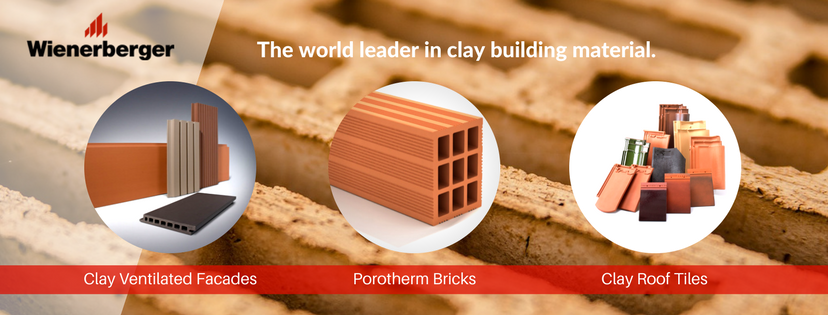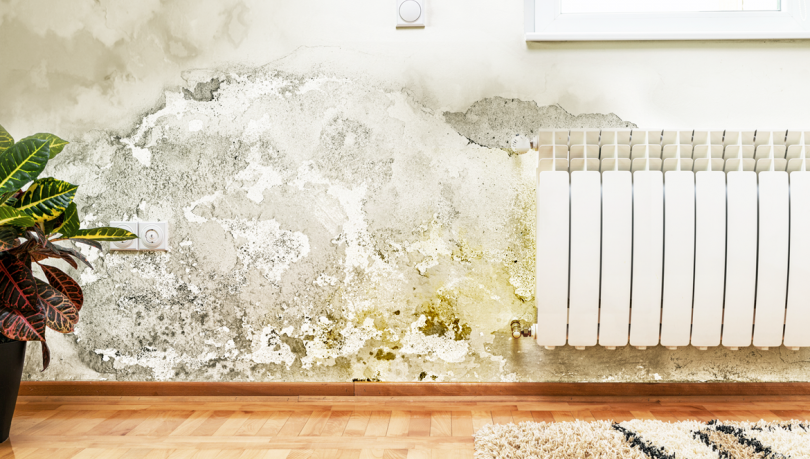Occupants of most buildings in the cities and towns are exposed to serious health risks and problems due to inappropriate moisture levels. Research and studies have been conducted to diagnose the reason behind such occurrence. The certifications, regulations, and standards on Occupational Health Hazards have now been modified and revisited for catering to the moisture risks. It’s nowadays mandatory to follow the specifications to prevent seepage of water into the interior and exterior parts of buildings, thus ensuring the health and hygiene of the residents and occupants.
The Effects Of Moisture Risks On Human health
The negative impact of moisture risks on human health had been surfaced long back in the 1980s but had been ignored and neglected. Besides, the phenomenon had not been understood by most builders and property owners thus preventing the adoption of precautionary measures to avoid moisture in buildings.
The key health symptoms that might generate are:
- Respiratory disorders and related symptoms
- Irritation of the mucous membranes
- Asthma
- Allergy
- Fever
- Fatigue
- Headache
- Decrease of concentration level
- Pulmonary Hemorrhage
- Sarcoidosis
- Rheumatoid diseases
It has been observed that most of the ailments are related to the respiratory system.
Who Is Majorly Affected By Moisture Risks?
The category of people who are majorly affected by the moisture risks in buildings are:
- Old-aged or elderly people
- Infants and toddlers
- People with inherent respiratory problems like asthma and allergies
- People with skin related ailments like eczema
- People undergoing chemotherapy
- People with weak body immunity
They are strictly suggested to stay away from mold and dampness as both will aggravate their health condition and pose a serious risk to their lives.
Read: How Do You Benefit From Having Porotherm Walls?
Key Reasons Behind Moisture Accumulation And Its Negative Impact
The dampness and accumulation of moisture lead to the emission of volatile organic compounds into the indoor air. Furthermore, inadequate ventilation degrades the air quality; the major reason for the difficulty in breathing.
Moisture can seep into the buildings through cracks or ruptured areas. Continual oozing of water will lead to the formation of mold on walls, ceilings, attic, and even on furniture or items made of wood. The increased concentration of water or moisture stimulates the formation of fungi and bacteria, a serious deterrent to human health.
Leaking pipes, rain water seepage due to cracks and damages in windows, doors, rooftops, or basements can cause moisture risks in buildings. A newly constructed building may also experience a damp condition if the wall plasters do not properly dry out.
Read: Top 5 Dangers Of Having Wall Cracks
How To Prevent Dampness And The Formation Of Mold?
Various measures can be adopted to prevent dampness, moisture, and the formation of mold in houses and buildings. Let us discuss some of the key steps for ready reference and guidance:
- Dry clothes outdoors
- Cook by closing the lids of pans
- Do not use paraffin heaters
- Use extractor fans on ceilings of bathrooms and kitchens to ensure the escape of moisture from the air
- Induce fresh air circulation for better air quality inside the house
- Allow air passage in cupboards and wardrobes
- Ensure proper thermal insulation inside the house
- Doors and windows must be draught proof
- Install central heating system or a room heater
- Utilize condensation channels and strips of sponge
- Buy a dehumidifier for capturing the humidity in the air
- Scrape off mold from walls or any other structures or use a bleach spray to prevent their formation
- Mold-resistant paint can also be used for houses
- Ensure there are no leaks or craMcks
Exterior Moisture management
The way occupants or residents need to maintain the moisture risks in the interior parts of the building, property owners must be extra cautious in exterior moisture management. Here are some of the tips for builders in minimizing moisture accumulation and prevent dampness and formation of molds.
- And kind of plantation or vegetation must not be placed near the foundation
- Check for cracks in the exterior walls and foundation and ensure they are sealed off
- Ventilation must be adequate and maintained
- Gutters and drainage piper must be kept clear and clog-free
- Damaged or leaking roofs must be replaced or repaired urgently
Conclusion
Moisture risks had taken a backseat for several years in the construction industrial section due to the inability in understanding the risks posed to human health. But intensive research and studies have elaborated the facts and scientific reasons behind its adverse effects on living beings especially humans. Property owners and buyers are now advised and recommended to be attentive and careful in detecting water seepage and proactively prevent moisture accumulation. This will ensure a safe environment for the residents and occupants with better health and hygiene standards.
Babu Curated by a building expert from Agua Prieta Wienerberger India








